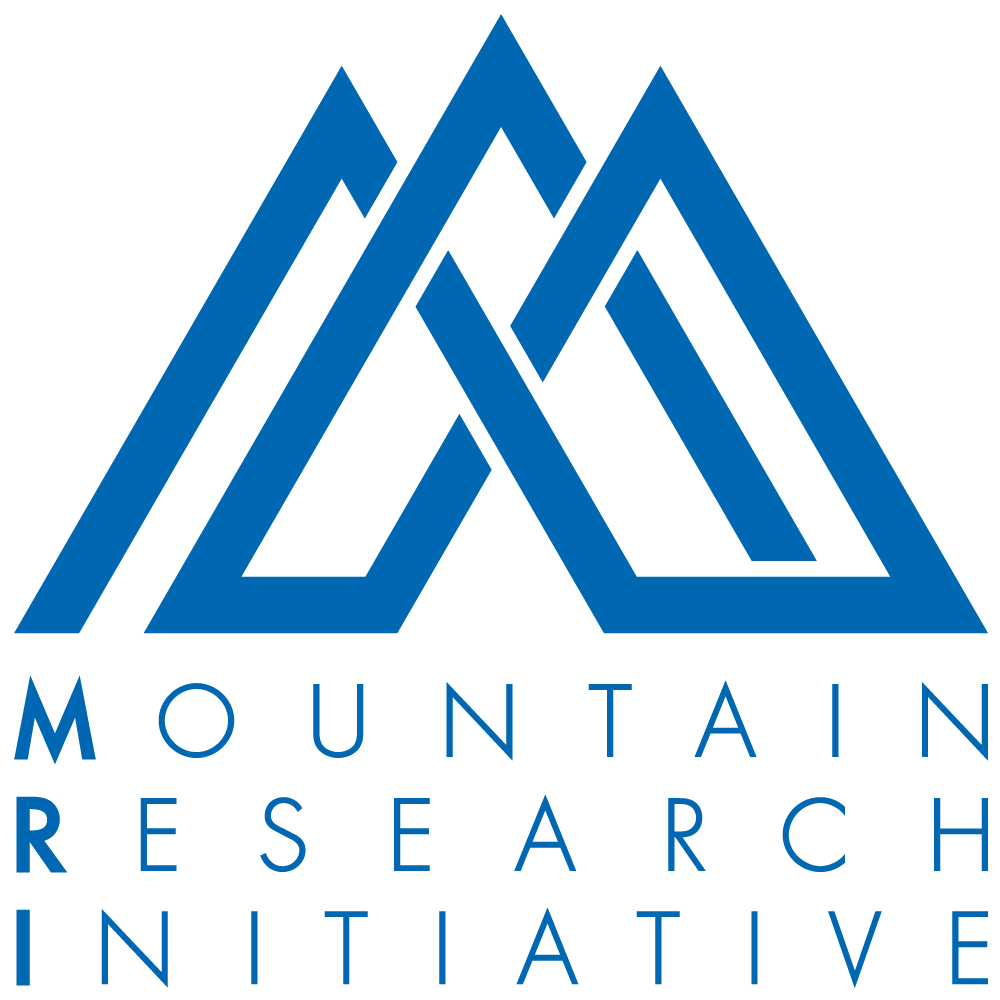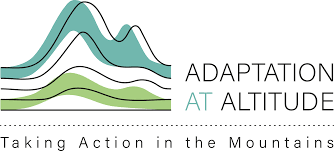The Group on Earth Observations (GEO) 2021 Virtual Symposium took place virtually from 21-24 June. GEO Mountains organised a session focused on the symposium theme Strengthening inclusive partnerships across the GEO Work Programme.
Mountains play an extremely important role in supporting human societies and ecosystems. However, many mountainous regions are changing rapidly and profoundly due to climate change and other drivers. Reliable environmental and other datasets are therefore urgently required to support a range of scientific and practical applications. Obtaining such datasets if often far from straightforward, not least due to access difficulties, inhospitable conditions, and high spatio-temporal variability of the underlying phenomena.
Improving this situation requires a broad programme of work that spans many thematic areas and dispersed geographical regions. In this context, GEO Mountains seeks to provide a focal point around which mountains researchers and practitioners can coalesce and work together to enhance the discoverability and usability of mountain data, identify and solve pressing scientific challenges, and provide the information required to inform both global and regional assessments as well as policy actions.
The session 'Mountains at GEO' included contributions from representatives of GEO BON, GEO Human Planet, and Himalayan GEOSS, and provided examples of several recent/ongoing projects that together demonstrate how collaborations amongst GEO Work Programme activities can drive progress in several aspects within the “mountain sphere" and identified possible areas for mutual exchange and collaboration with other GEO activities.

MRI Executive Director Carolina Adler introduced the scope and objectives of GEO Mountains: to identify and satisfy data needs; improve monitoring and understanding; promote connection and communication; and develop collective reporting capacity in the mountain research community. Representing the USGS, GEO Mountains, and GEO BON, Roger Sayre shared tools for exploring mountain delineations and mapping and better protecting mountain ecosystems. These include the Global Mountain Explorer, the World Terrestrial Ecosystems map, and a mountain protection and conservation decision support tool. Ruth Sonnenschein from EURAC Research and GEO Mountains described her work using Artificial Intelligence (AI) to validate and downscale ecosystem-related Essential Biodiversity Variables (EBVs) in mountains. This project, AI4EBV, aims to validate and downscale the aforementioned World Terrestrial Ecosystems map.
GEO Mountains Scientific Project Officer James Thornton and Daniele Ehrlich (European Commission, Joint Research Centre & GEO Human Planet Initiative) presented recent work on characterising the distribution of human populations in mountains. The paper describing their reproducible and comparative analysis will help inform the Cross-chapter Paper on Mountains in the IPCC's 6th assessement report, and will also be developed into a "Knowledge Package" for the GEO Knowledge Hub. Mandira Shrestha (ICIMOD & Himalayan GEOSS) discussed Earth observations for disaster risk reduction (DRR) in the Hindu Kush Himalayan (HKH) region, a complicated multi-hazard environment that extends across 8 countries. She stressed the urgent need to improve observing networks, access to satellite imagery, impact-based forecasting, and cooperation in the region. A recording of the session is available here.
GEO Mountains also contributed to the session 'Discussing in-situ challenges and barriers across the community: towards an in-situ data strategy for GEO', which was organised by the in situ subgroup of GEO’s Data Working Group. James discussed the fundamental need for in situ observations in mountainous terrain and elucidated some of associated challenges, before proceeding to demonstrate how the first release of GEO Mountains’ inventory of in situ observational infrastructure could provide a useful contribution. James then took part in a stimulating panel discussion on how the GEO community deals with in situ data currently, the challenges and benefits of establishing new networks and sharing data, and needs regarding future actions on in situ data to be included in the strategy. The recording of the in situ session is available here.
Find more information about the GEO 2021 symposium here.


Images by Peter Freitag and Igor Shitikov.









